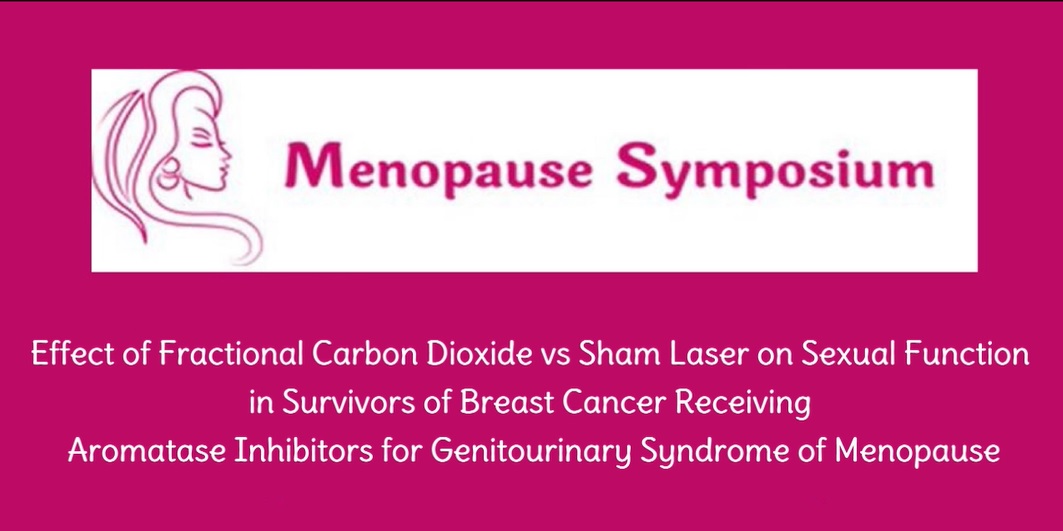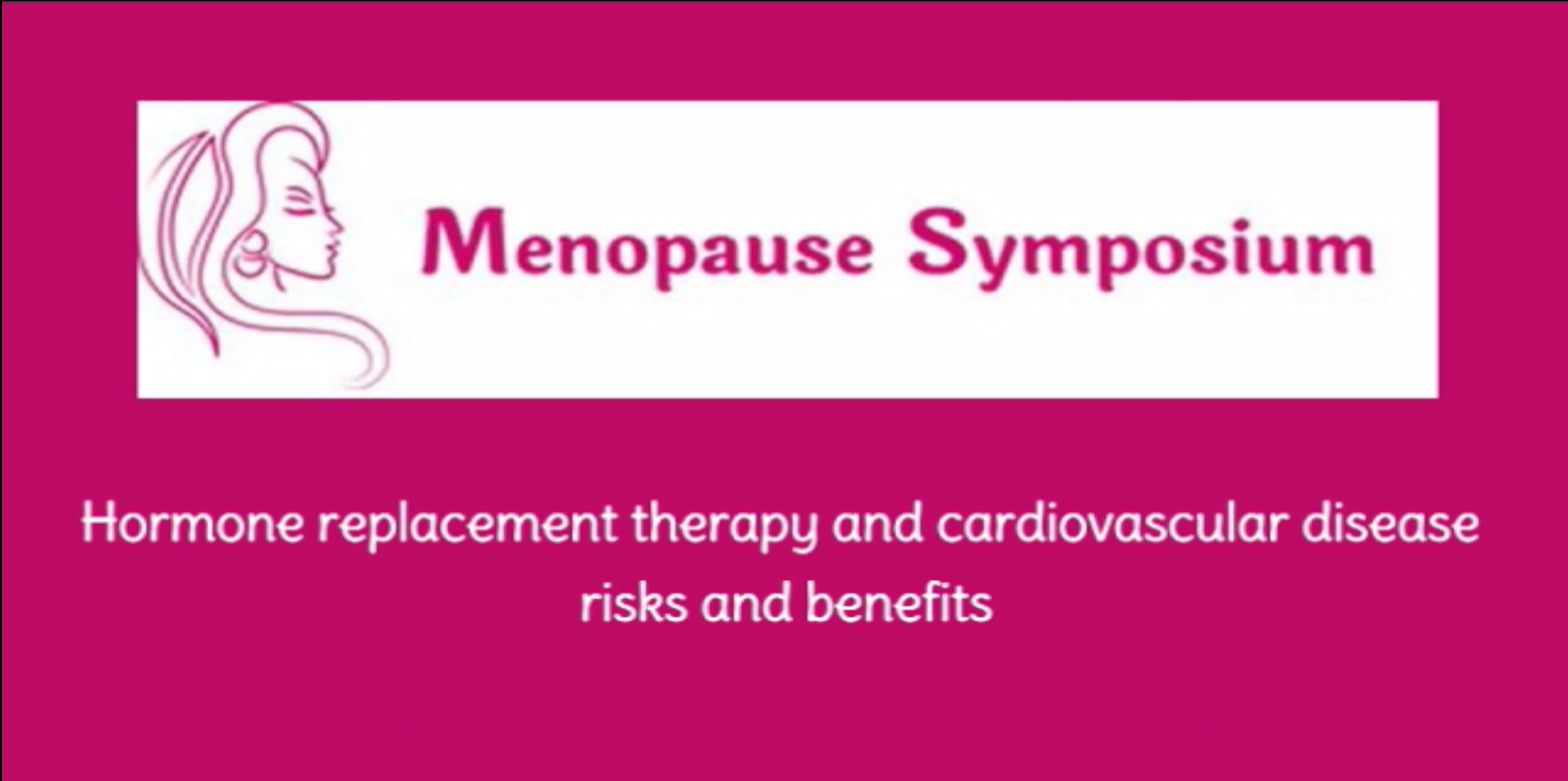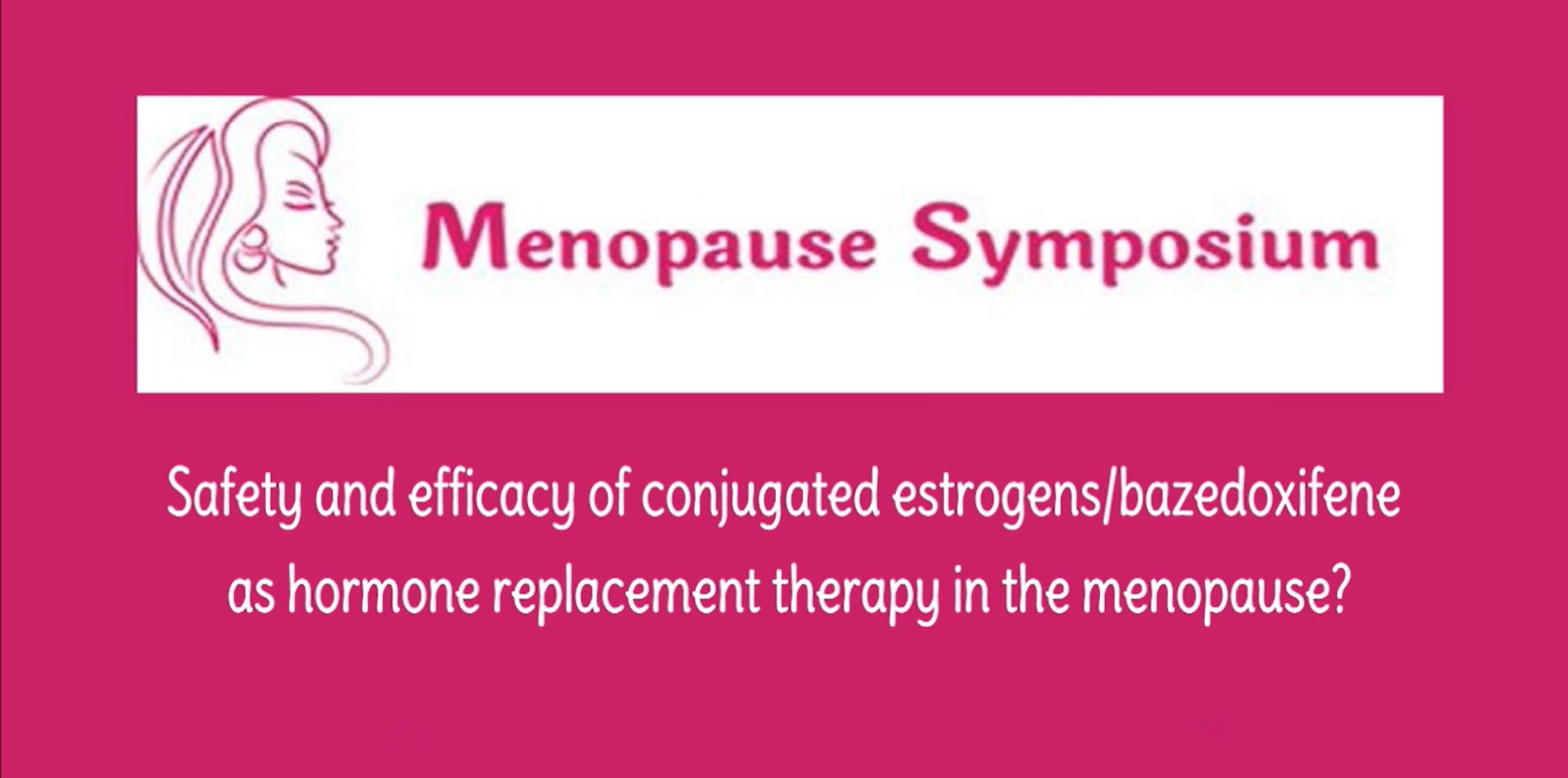Urogenital atrophy most often happens during or after the menopause when the lack of the hormone oestrogen affects the vagina, urethra and bladder trigone. The lack of oestrogen leads to a thinning of the tissues around the vaginal area and a reduction in the number of the mucus producing glands.
Transvaginal laser therapy: A laser-probe device is inserted into the vagina to apply laser energy to the vaginal wall. The laser causes controlled thermal injury, which is claimed to make the tissue remodel and stimulate the production of new collagen.
Treatment typically consists of 3 sessions at 4 to 6 weeks apart. The aim is to reduce the symptoms associated with urogenital atrophy.
There are different types of lasers used for this procedure, including CO2 and erbium-doped yttrium aluminium garnet (Er:YAG) lasers. The type of laser and the energy level used have different tissue penetration and can cause different types of thermal injury.
In this episode Mr Wattar and Dr Talaulikar discuss the findings of the LIGHT randomised trial published in JAMA Open.
Link to the episode on YouTube:
Full reference to the article:












